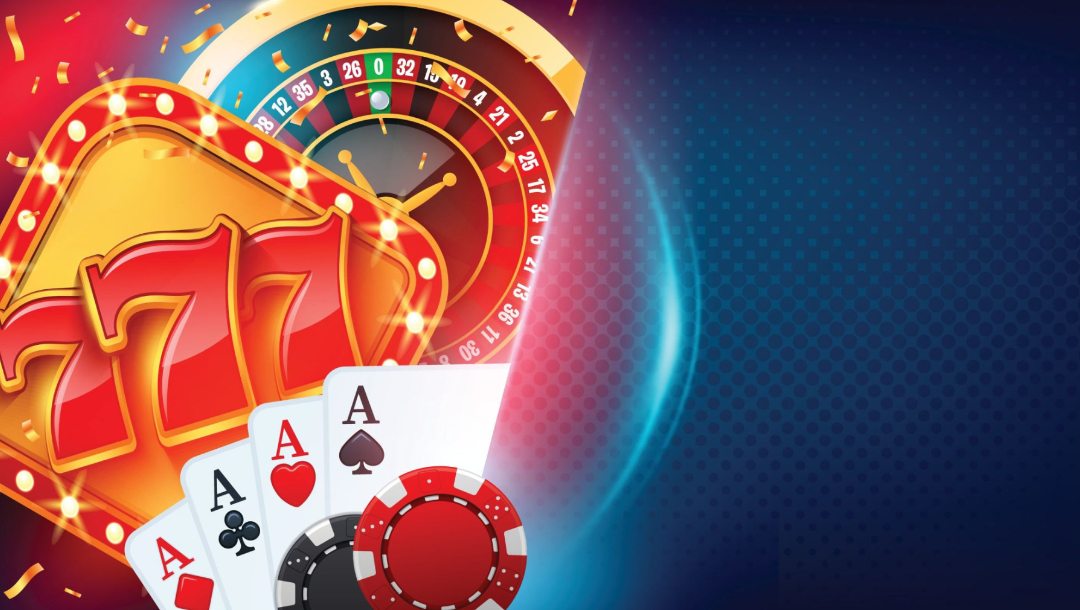In the shadows of these glittering lights and the enticing sounds of rotating wheels lies a dynamic realm where innovation meets numbers: the creation of casino games. As players flock to gaming establishments seeking excitement plus the chance of striking it rich big, a huge amount of work takes place behind closed doors to create the games they enjoy. From the initial concept to the ultimate product that players engage with, many elements are brought together to ensure an captivating gaming experience.
Designers, technicians, and game developers collaborate to combine cutting-edge technology with enthralling gameplay features. Every aspect, from visuals and sound effects to probabilities and payouts, is meticulously crafted to attract players plus keep them engaged. Understanding the intricate process of the way casino games are made reveals not only the technical expertise involved but also the creative vision that transforms these engaging experiences to life.
Casino Game Design Workflow

The design workflow begins with brainstorming and conceptualization, where creators develop concepts for innovative casino games. This first phase typically involves identifying potential audiences and analyzing market trends. Designers take into account factors such as game mechanics, themes, and payout structures to create an immersive experience. Teamwork between game designers, mathematicians, and artists is crucial to ensure a well-rounded concept.
Once a concept is selected, the next stage involves prototyping and testing. Designers build a functional version of the game to evaluate its playability and mechanics. This facilitates adjustments and refinements based on feedback from testers. Reiteration is key, as designers may go through multiple rounds of testing to fine-tune gameplay balance and user experience. This phase is essential for spotting any potential issues before the game is finalized.
After testing, the game moves into the development phase and production. This comprises the technical aspects of coding the game software, integrating graphics, and ensuring compliance with gaming regulations. Quality assurance testing verifies that the game functions seamlessly across different platforms and devices. Once everything is polished, the game is prepared for launch, often accompanied by marketing strategies to attract players and generate excitement around the latest casino game.
Tech and Development
The evolution of gambling games has evolved significantly with developments in tech. Modern game design often incorporates top-notch graphics, engaging sound effects, and interactive animations that create a captivating experience for players. Game developers use complex software tools and programming languages to build these interactive gaming experiences. Additionally, the use of RNGs ensures equity and unpredictability in outcomes, which is important for ensuring player trust and compliance with gaming regulations.
In recent years, the surge of online casinos has expanded the limits of game development even further. Developers are now able to build games that appeal to a global audience, incorporating features such as live dealers and virtual reality environments. This transition has encouraged new ideas, leading to novel game mechanics and formats that enhance player engagement. Mobile gaming has also become a significant focus, driving developers to optimize games for smartphones and tablets, ensuring accessibility and ease of access for players on the go.
Cooperation among designers, visual artists, and mathematicians is crucial in the development process. Each team brings their expertise to make sure games are not only aesthetically pleasing but also mathematically sound and enjoyable. The integration of player feedback during testing phases allows developers to improve game features and functionalities, ultimately leading to a successful launch. As technology continues to advance, the potential for new game concepts and experiences is endless, promising an thrilling future for casino games.
Evaluating and Quality Control
Once a gambling game has been developed, it enters the crucial phase of testing and quality assurance. This phase ensures that the game operates seamlessly and provides a just experience for users. keonhacai Teams conduct extensive tests, including functionality checks to verify that all game features work as expected. Each aspect, from graphics to audio, is assessed to ensure high standards are met.
In addition to functionality testing, the game undergoes stringent compliance checks to meet compliance requirements. Different jurisdictions have specific rules governing game fairness and player protection. Quality assurance teams will confirm that the random number generators are working correctly and that the game’s payout percentages correspond with industry standards. This thorough examination helps build trust with players and authorities alike.
Finally, pre-launch testing may be conducted with genuine players to collect feedback on user experience. This critical insight allows developers to make necessary adjustments before the public launch. Tackling any potential issues identified during this phase helps ensure that gamblers will experience a smooth, immersive experience when the game goes live. The commitment to excellence reflects the sector’s dedication to delivering enjoyable and dependable casino games.